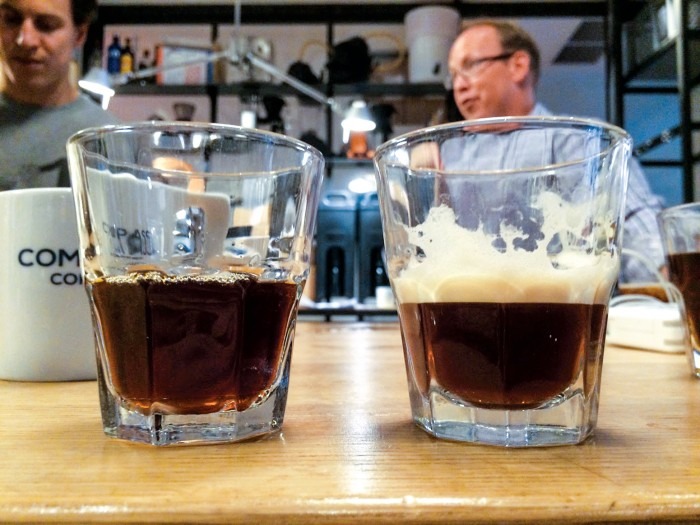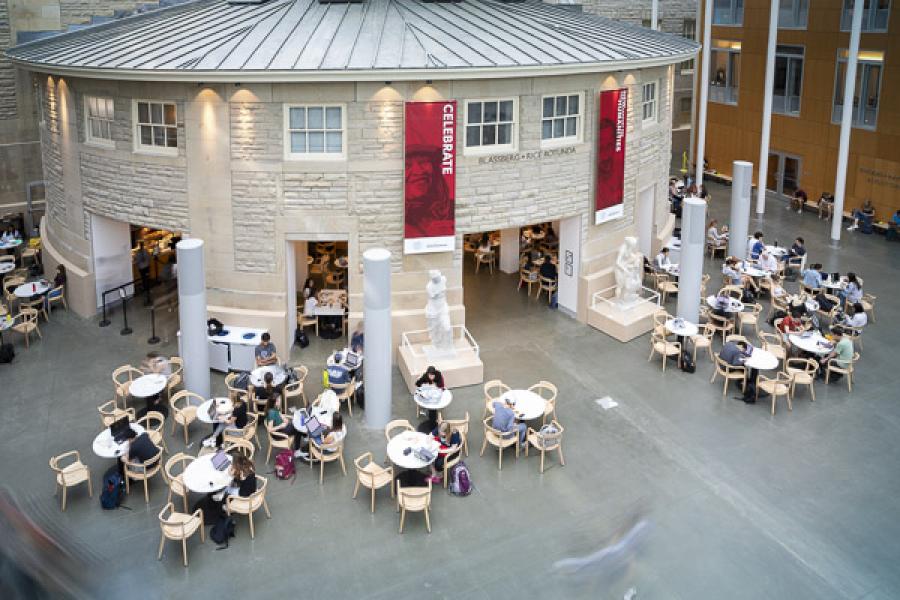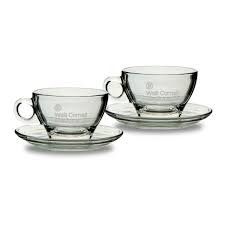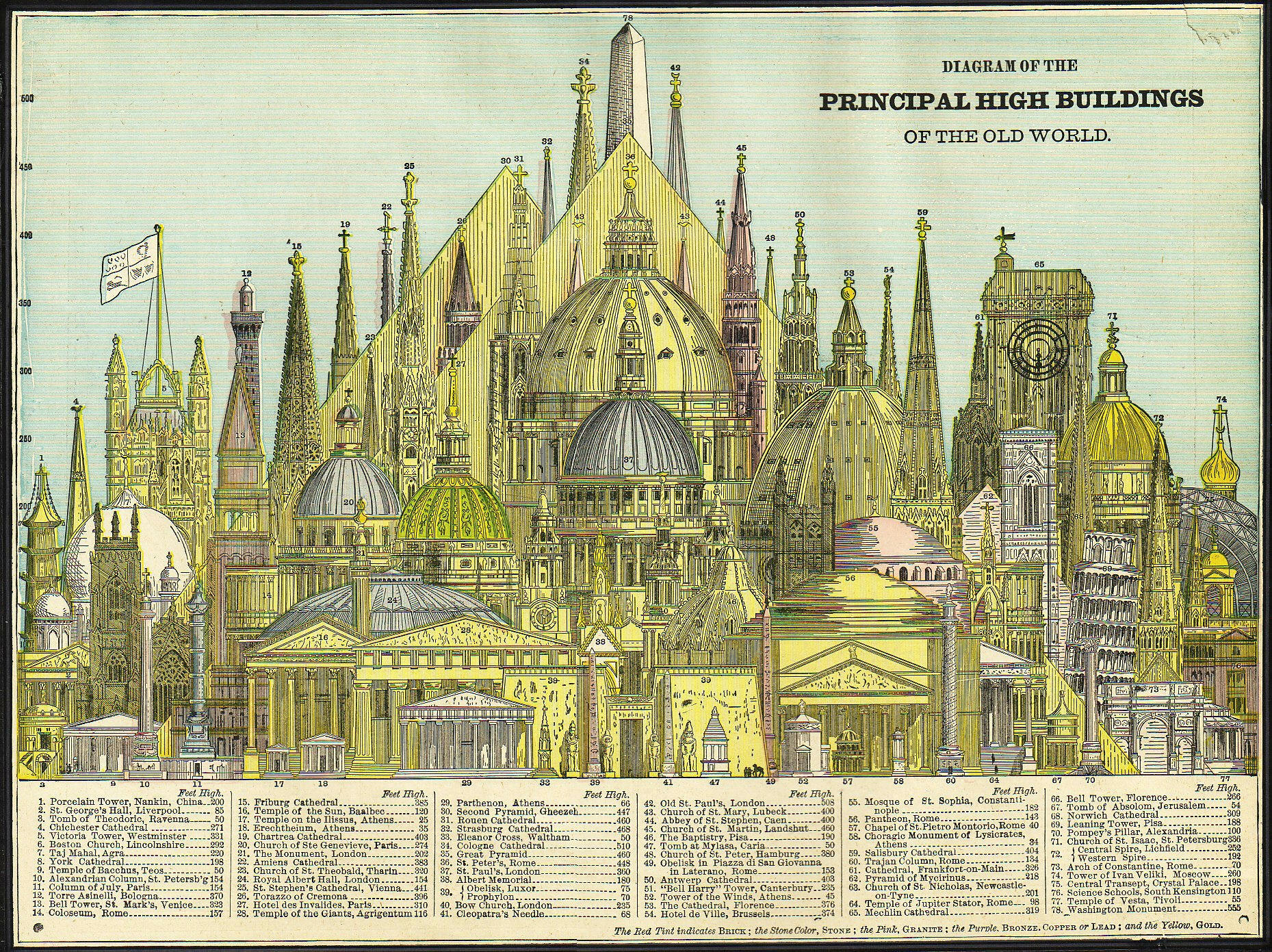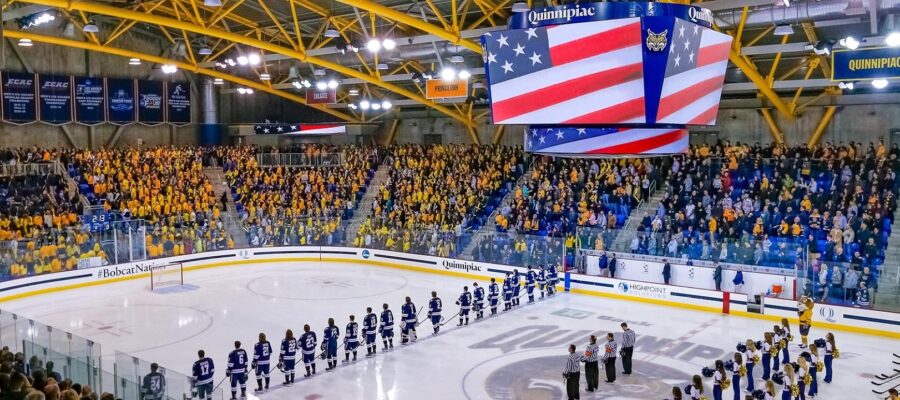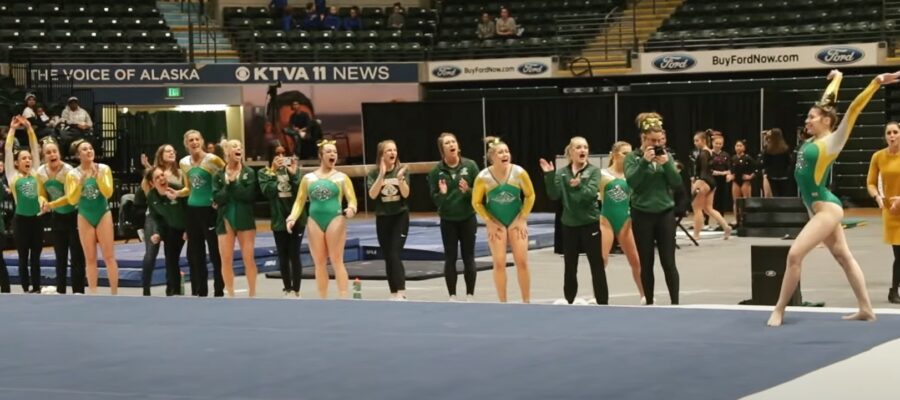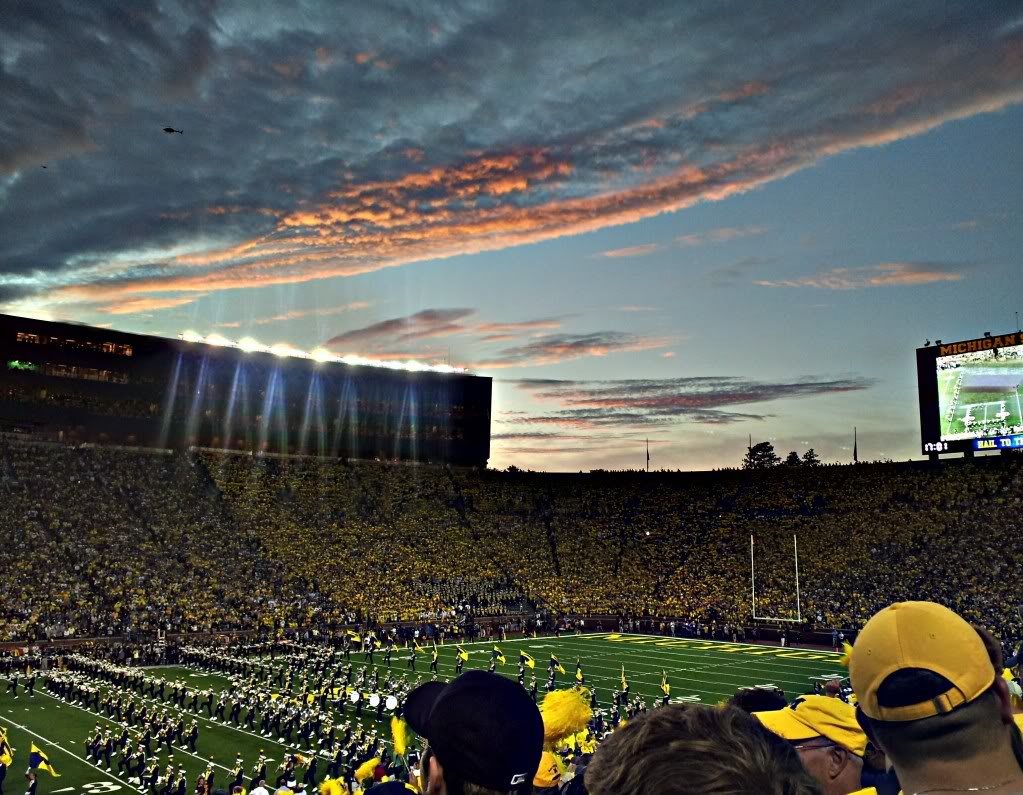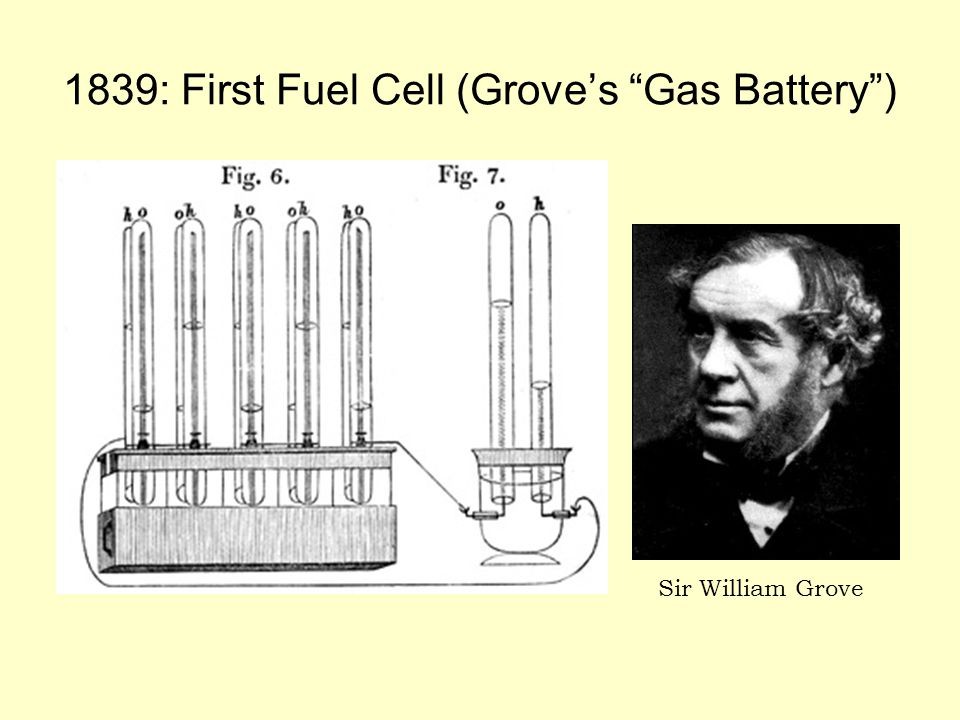Consolidated Financial Statement 2024: $3.541B
Nitro cold brew is bubbling up in coffee shops almost everywhere. The nitrogen-infused beverage became one of the hottest new offerings for coffee lovers looking for something different. The cold brew — made by steeping coffee grinds in cold water for multiple hours — is dispensed from a stout tap, similar to what you’d find at your local bar.
WBUR City Space | Campus Planning & Operations
Meet Ria McGuire (@BU_CAS’25), Student CEO of Saxbys café inside the CDS building. We talked to McGuire about her responsibilities, her time at BU, and how this experience will aid her as she prepares to graduate. ☕
Her story ➡️ https://t.co/UZUBOt8rLh pic.twitter.com/gKbcDolzu6
— Boston University (@BU_Tweets) November 24, 2024
City Journal (February 6): “The Downfall of Ibram X. Kendi”
Discusses the collapse of Kendi’s Center for Antiracist Research at Boston University, alleging mismanagement of $55 million with minimal research output. Describes Kendi as a “symbol of the BLM era’s destructive passions” and notes his move to Howard University.
BU’s 2024 #GivingTuesday will support several programs, including several scholarship funds and campus resources, including BU’s Newbury Center, LGBTQIA+Student Resource Center, Undergraduate Research Opportunities Program (UROP), and more.
Details ➡️https://t.co/lvUgazyjVA pic.twitter.com/ceLI57tspe
— Boston University (@BU_Tweets) December 3, 2024



